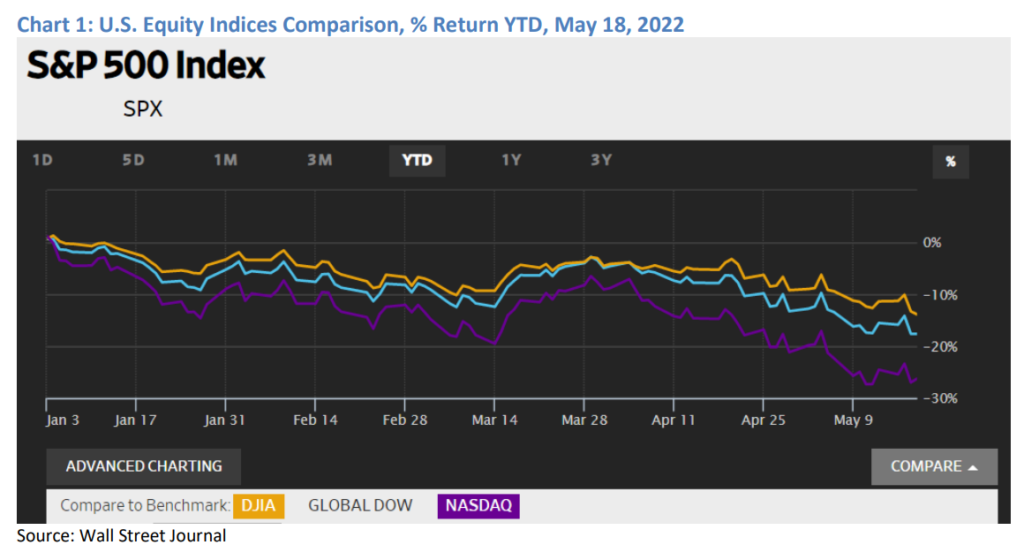Link: https://content.naic.org/sites/default/files/capital-markets-special-reports-CLO-YE%202021.pdf
Graphic:

Excerpt:
U.S. insurers’ exposure to CLOs increased significantly over the last few years, as they have represented
an attractive alternative investment with higher yields than traditional investments. As of year-end
2021, U.S. insurers’ exposure to CLOs collateralized predominantly by leveraged bank loans and middle
market loans increased by 12% to $216.3 billion in BACV from $192.9 billion at year-end 2020 and $156.9 billion at year-end 2019 (see Chart 1). However, the pace of growth has slowed from 23% and
28% at year-end 2020 and year-end 2019, respectively.
Author(s): Jennifer Johnson, Michele Wong, Jean-Baptiste Carelus
Publication Date: 15 Sept 2022
Publication Site: NAIC Capital Markets Bureau




